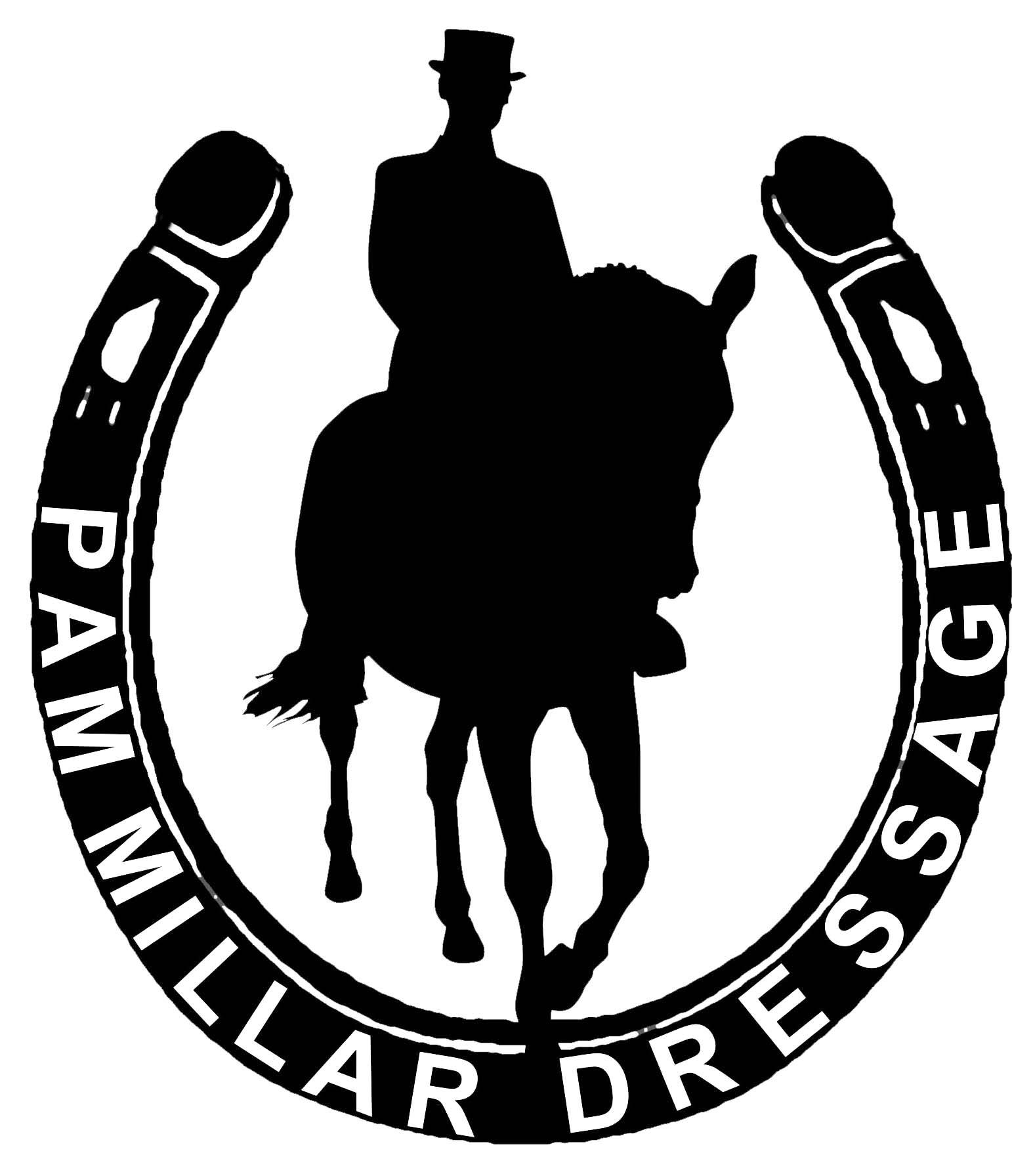
Dressage Trainer
Classical, sympathetic, personalised training
for you and your horse
Mobile: 07740 116 336
Home: 01651 872613
 |
Pam Millar
Dressage Trainer
|
Classical, sympathetic, personalised training for you and your horse
|
Contact:
Mobile: 07740 116 336 Home: 01651 872613 |
A British Dressage Accredited Trainer
Improving Your Dressage Scores (click on "training tips" above for more)
(as printed in the Herald )
JUDGES’
comments, both positive and negative, commonly appear on dressage score sheets.
Positive comments may include ‘good rhythm’, ‘accurate’, ‘obedient’
and ‘straight’ while negative comments might be ‘loss of balance’,
‘hurried’, ‘lacking bend’, ‘loss of activity’, ‘drifting’, among
others.
Both positive and
negative comments should be fed into your training routine in order to get
better marks next time you compete. Negative comments highlight areas to be
improved and positive ones highlight areas to be kept up to standard and
progressed ready for the move up to the next level.
Here are some
movements that are included in many tests along with common faults, and some
suggestions on how to improve them
Centre lines and
halts should be straight and balanced. Common errors include the horse drifting
right or left, lacking straightness, or tilting his head. The horse can only be
truly straight when he is supple on both sides so include bending exercises,
circles, loops and serpentines to help towards this. Leg-yielding also helps to
get the horse more responsive to the lateral leg aids.
Circles and
corners should demonstrate a good degree of bending as well as rhythm and
balance. Common faults include lacking bend and falling in or out. Good turns
are created from bending the horse around your inside leg, not from steering by
the hand. Include any amount of bending exercises in your training but try to
create a bend from your inside leg before you reach the start of the circle or
corner, so the horse will naturally follow the movement you want to perform.
Create the bend with your inside leg and complete the shape with your outside
leg and ensure his hind legs follow the same line as the fore legs.
Free walk on a
long rein should show free, relaxed, forward steps in a purposeful rhythm.
Faults include not covering enough ground and snatching. In training, ask your
horse to lengthen his frame by stretching forward into the contact when you
offer your hands forward then pick him up again by smoothly shortening the
reins. Do not just drop the rein contact and hope he will stretch down, as you
then have no control over his head and will find it harder to re-build the
contact to shorten him up again. Practise stretching him down and picking up for
a few strides at a time, not always just across a long diagonal. This is well
worth working on as it attracts double marks on your score sheet.
Lengthened strides
in trot and canter are introduced at Novice level and should be powerful, uphill
and rhythmic. Hurrying rather than lengthening is a frequently seen fault, and
sometimes the horse doesn’t really change his stride at all. In training, ride
frequent changes within the pace anywhere in the school, using circles and the
short side, not just one change on the long side or diagonal. Make sure you sit
tall so you don’t put him on the forehand – this encourages running and
produces a downhill picture.
Transitions
between paces should be smooth, obedient and balanced – losing balance and
resistance are common faults. Take time in your training to ensure that your
horse is obedient to light aids for upward and downward transitions. Always warn
your horse that a transition is about to happen. You can do this by using
half-halts, which improve his balance.
Having prepared
yourself at home through a careful selection of exercises, make sure you prepare
your horse in a similar way during the test, for each up-coming movement.
After the test has been ridden, the judge will complete the score sheet with a series of marks for paces, impulsion, submission and rider’s position as well as some overall comments. These marks are doubled so you can greatly improve them here. Show your score sheets to your trainer, who will help you work towards improved marks, and meantime, remember to ride those transitions and prepare, prepare, prepare. Good luck!